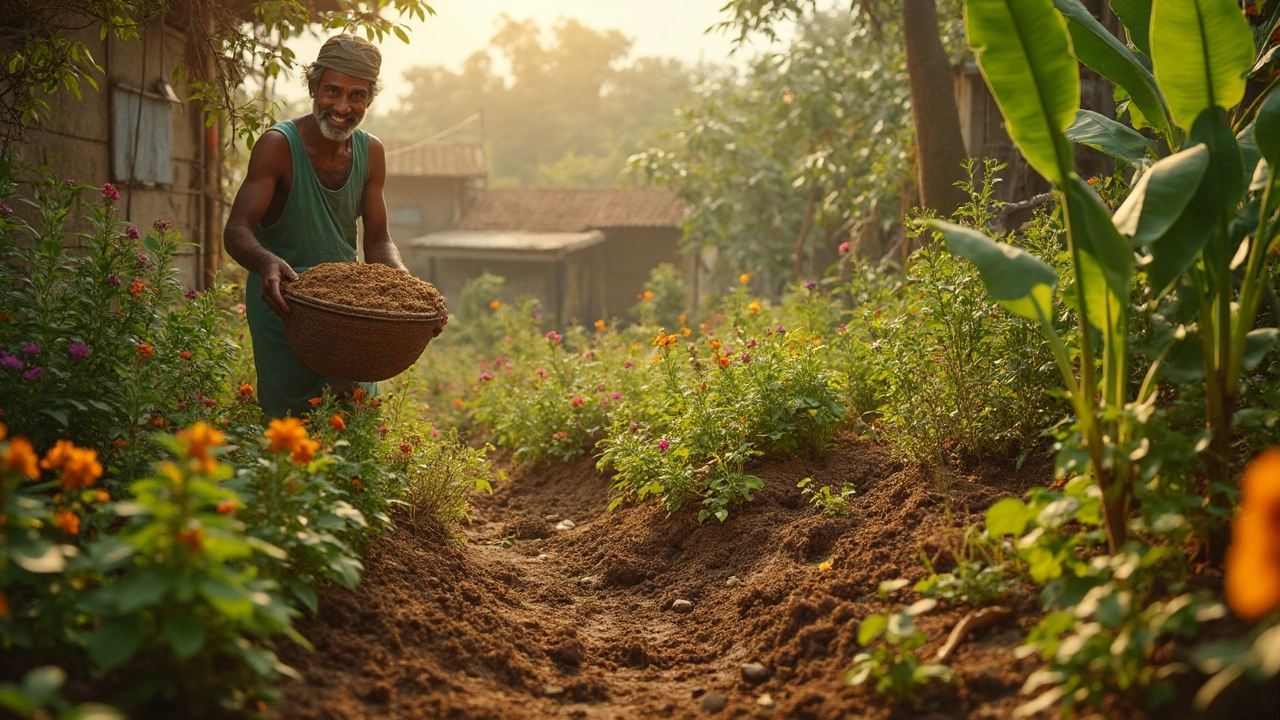Struggling with stubborn, lifeless soil in your yard? This guide dives straight into practical fixes for bad garden soil, including ways to spot common problems and solutions that work fast. Learn simple tricks to boost soil health, from quick fixes with kitchen scraps to what not to do when working with clay or sand. Whether your tomatoes look sad or your flowers just don’t bloom, these tips will change the game for your next planting season. Even beginners can turn a patch of poor dirt into a thriving garden with a few easy moves.
Soil Amendment: What It Is and How It Fixes Tough Garden Soil
When your garden soil feels like concrete after rain or turns to dust in summer, you’re not alone—and you don’t need to buy new dirt. What you need is a soil amendment, a material added to soil to improve its physical properties, not just feed plants. Also known as soil conditioner, it’s what turns poor dirt into something plants actually want to grow in. Unlike fertilizer, which gives plants a quick nutrient boost, a soil amendment changes the structure of the dirt itself—making it breathe, drain, and hold nutrients better.
Most Indian gardeners struggle with clay-heavy soil in the north or sandy, fast-draining soil in the south. Both need help. A good compost, organic matter broken down by microbes to enrich soil structure and nutrient content is the most common fix—it loosens clay, helps sandy soil hold water, and feeds earthworms. Then there’s perlite, a lightweight, volcanic rock that improves aeration and drainage without adding nutrients, perfect for pots and raised beds. You’ll also see leaf mold, decomposed leaves that act like a sponge for moisture and organic matter, especially useful in monsoon-heavy regions. These aren’t magic tricks—they’re tools used by farmers and balcony gardeners who’ve learned that healthy soil grows healthy plants, no matter the season.
What you add depends on what’s wrong. If your soil drains too slow? Add perlite or coarse sand. If it dries out too fast? Mix in compost or coconut coir. If it’s packed so tight you can’t dig a hole? Try vermicompost—it’s like giving your dirt a massage. And yes, even styrofoam bits in garden beds (yes, some people use them) can mess with soil health, which is why knowing what a real soil amendment does matters. You don’t need fancy products. You need the right mix of materials that match your local conditions.
The posts below show exactly how real gardeners in India use soil amendments—not in theory, but in their balconies, backyards, and kitchen gardens. You’ll see how compost fixes dense soil, why perlite keeps tomato pots from drowning, and how leaf mold helps flowers bloom even in dry months. No fluff. Just what works.
Boosting your garden soil doesn't need to be costly. This article explores budget-friendly techniques to enrich your soil, including using kitchen scraps and natural amendments. Learn about composting, cover crops, and clever recycling ideas that can breathe life back into your garden without breaking the bank. These tips are simple and effective, making your garden thrive with minimal expense.
In the quest for the perfect garden soil, many gardeners wonder if adding sand is a beneficial practice. There's a belief that sand can improve soil texture and drainage, making it a popular choice. However, the impact of sand on soil varies greatly depending on the starting soil type. Exploring the benefits, drawbacks, and suitable alternatives helps gardeners make informed decisions for flourishing plants.


